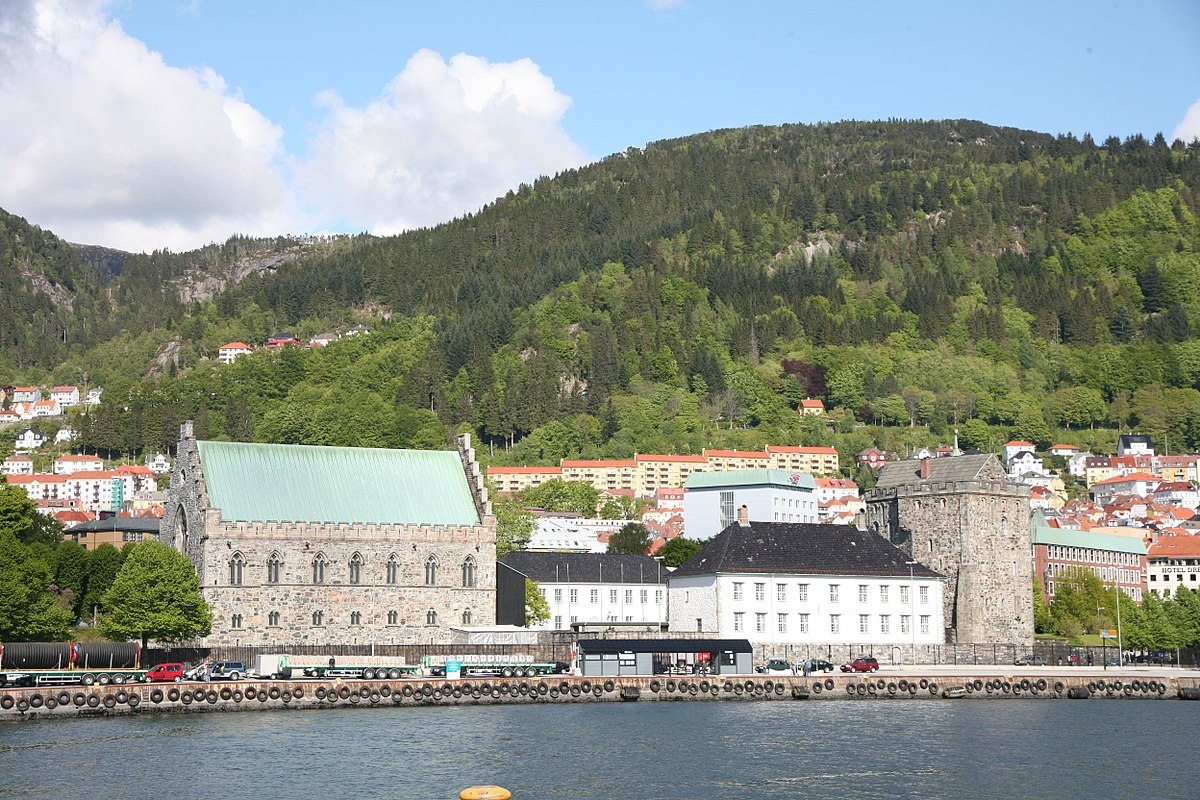
The fortress's strategic position allowed it to effectively defend against the English forces. This battle marked one of the few times Bergenhus was involved in combat, highlighting its historical significance as a military stronghold. The physical evidence of the fortress's defensive capabilities still exists today, showcasing its importance in Norway's military history[1][3].
The aftermath of the battle reinforced Bergenhus's role as a crucial defensive structure, contributing to its continued reinforcement throughout the 1600s. By around 1700, the fortress was at its most complete state, combining the areas of Holmen and Sverresborg into a unified fortification[1][2].

















